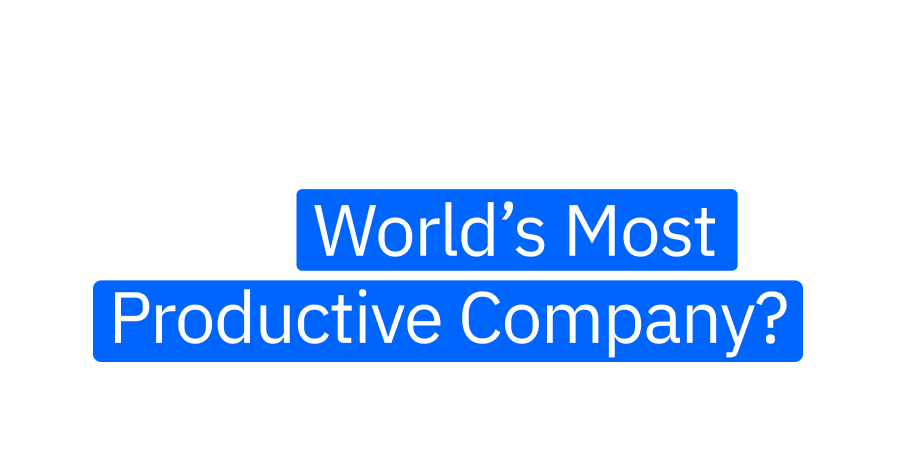By automating repetitive tasks, AI has saved IBM employees more than 3.9 million hours of time in 2024 alone. Today, IBM is sharing with its enterprise clients not only the technologies it has refined internally, but also the business lessons it has learned from the transformation.
“We’re a hardware, software and services business, and we operate in a lot of different countries,” says Joanne Wright, Senior Vice President of Transformation and Operations at IBM. “We feel like if we can do this within IBM, you can really see a vision of doing it across every industry, across every client.”
The company’s strong results come at a time of increasing C-suite skepticism about AI. A global survey of CEOs by the IBM Institute for Business Value found that while most expected their AI investments to at least double in the next two years, only 25% of their AI initiatives have so far delivered their expected ROI. Only 16% of those initiatives have scaled enterprise-wide. Why aren’t AI initiatives living up to their potential?
Consider the guiding principles that Krishna has laid down for IBM’s transformation: “Eliminate, simplify, automate.” That means eliminating operational complexity and simplifying end-to-end workflows before automating tasks and embedding AI across operations. “Before you apply any new technology, you have to decide what to stop doing and then redesign the workflows,” Wright says. “Otherwise, you risk automating bad processes.”
IBM didn’t settle for scattered pilot projects. With a steering committee providing leadership, company teams used external benchmarks to target the workflows most likely to deliver a high ROI when redesigned or automated.

